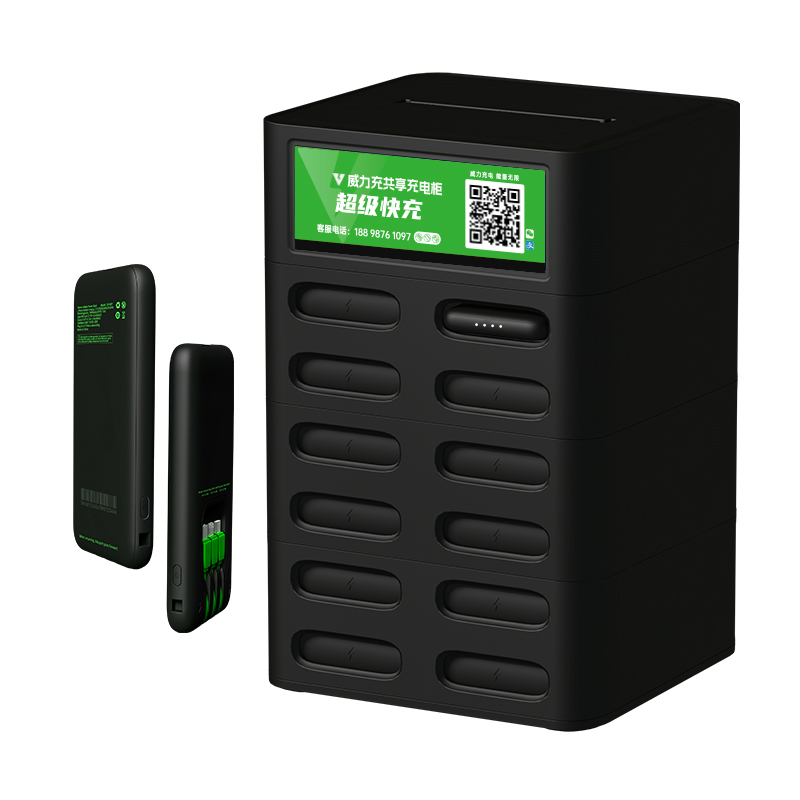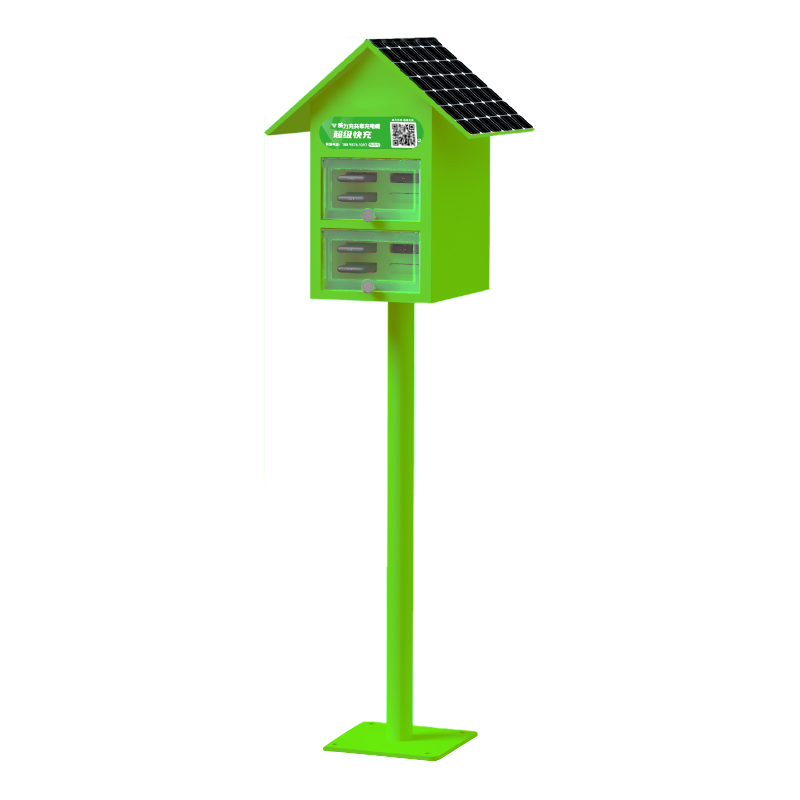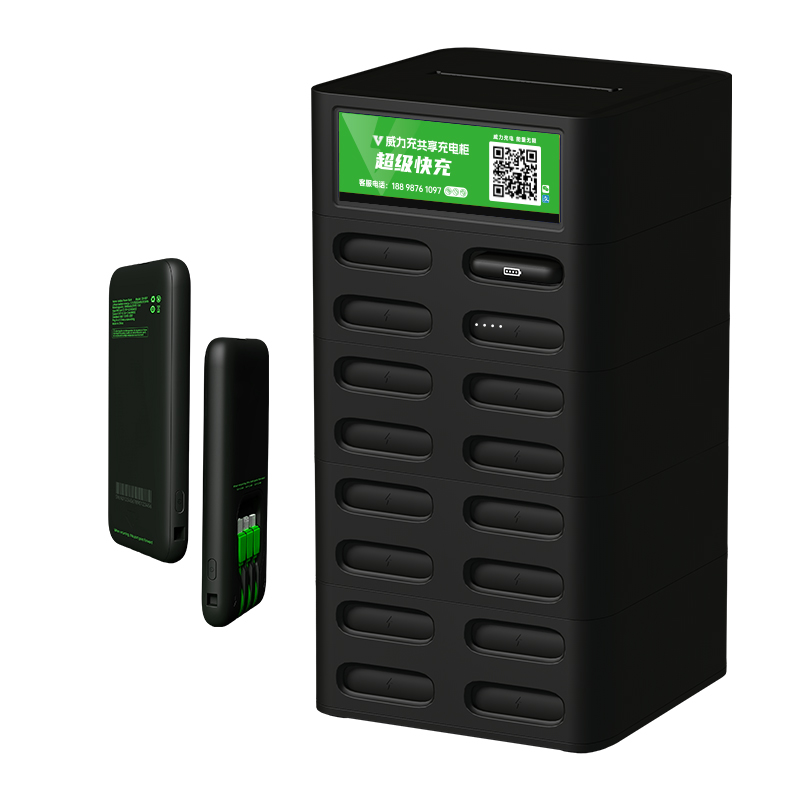Market research and analysis:
Local demand: Understand the market demand and consumer habits of different countries or regions, and analyze the usage of power banks in the target market.
Competitors: Study the competition situation in the local market, understand the products, services, and pricing strategies of existing competitors.
Legal and Compliance:
Legal regulations: Familiar with the laws and regulations of the target market, especially those related to device security, data privacy, and consumer rights.
Certification requirements: Ensure that the product complies with local certification standards, such as CE, FCC certification, etc.
Localization adjustment:
Product design: Adjust product design according to the needs and preferences of different markets, such as supporting different charging interfaces and voltage standards.
Language and Culture: Localize user interfaces and manuals to adapt to different language and cultural habits.
Partners and Distribution Channels:
Local cooperation: Look for local partners or agents to leverage their market experience and network resources.
Distribution channels: Establish effective distribution channels, including online and offline channels, such as cooperation with shopping malls, coffee shops, etc.
Marketing Strategy:
Market promotion: Develop targeted marketing plans, including advertising campaigns, promotional activities, and public relations strategies.
Brand building: Establish brand image, enhance brand awareness, focus on customer reputation and user evaluation.
Technical support and services:
Customer Support: Provide localized customer service and technical support to ensure users can smoothly use the product.
Maintenance and Update: Establish a maintenance and update mechanism for equipment to ensure its normal operation and technical upgrades.
Data analysis and feedback:
Data collection: Collect user usage data and feedback, analyze market performance and user needs.
Optimization and improvement: Based on data analysis results, optimize products and services to continuously enhance user experience.
Through these steps, shared power banks can better enter the international market and meet the needs of global users.










